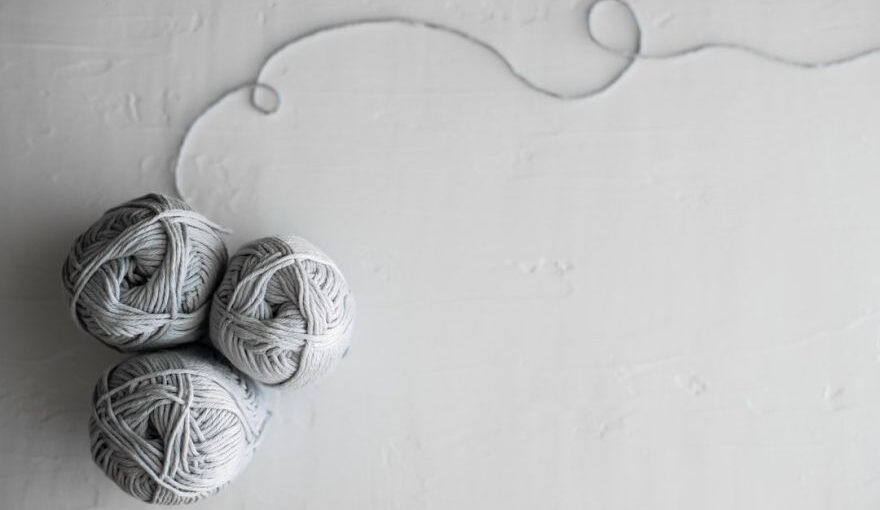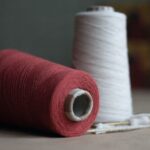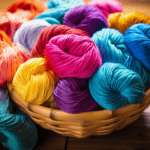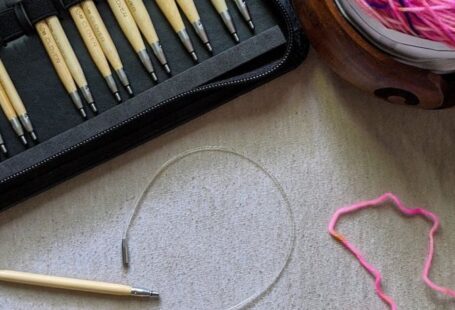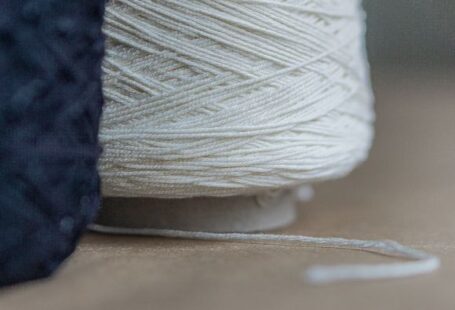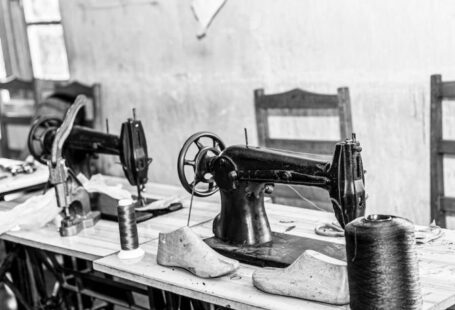Knitting is a wonderful craft that allows us to create beautiful and functional items with just a few simple tools. One of the most important tools in knitting is the knitting needle. Knitting needles come in a variety of materials, with the two most popular options being metal and wood. In this article, we will explore the characteristics of each material and discuss their advantages and disadvantages.
Metal Needles: Sleek and Smooth
Metal knitting needles are typically made from aluminum or stainless steel. They are known for their sleek and shiny appearance, which adds a touch of elegance to the knitting process. One of the main advantages of metal needles is their smooth surface. This smoothness allows the stitches to glide effortlessly along the needles, making knitting a breeze. Metal needles are also known for their durability, as they are less likely to break or bend compared to other materials.
However, metal needles do have their downsides. The smooth surface that makes them so popular can also make them slippery, especially for beginners. This slipperiness can lead to dropped stitches and frustration. Additionally, the metal material can be quite cold to the touch, which may not be ideal for those who prefer warmer knitting sessions. Some knitters also find that the clicking sound of metal needles can be distracting or irritating.
Wooden Needles: Warm and Versatile
Wooden knitting needles are made from various types of wood, such as bamboo, birch, or rosewood. They are loved for their warmth and versatility. The natural warmth of wood provides a cozy feel, making knitting a comforting and enjoyable experience. The wooden material also has a bit of grip, which can be helpful for keeping stitches in place, especially for those using slippery yarns.
Wooden needles are known for their flexibility and lightness. This flexibility allows for a gentle bend in the needles, making them easier on the hands and wrists. The lightness of wooden needles also reduces strain during long knitting sessions. Additionally, wooden needles are quiet, eliminating the distracting clicking sound associated with metal needles.
However, wooden needles are not without their drawbacks. The natural texture of wood can sometimes cause the stitches to drag, making the knitting process slower compared to metal needles. They are also more prone to breaking or splintering, especially if not properly cared for. Knitters who prefer a smoother surface may find wooden needles less appealing.
Choosing the Right Needle for You
When it comes to choosing between metal and wooden knitting needles, it ultimately boils down to personal preference. Some knitters swear by the smoothness and durability of metal needles, while others find the warmth and versatility of wooden needles more appealing. It is important to consider factors such as your knitting style, the type of yarn you use, and any personal preferences you may have.
In conclusion, both metal and wooden knitting needles have their own unique characteristics and advantages. Metal needles offer sleekness, durability, and a smooth surface, while wooden needles provide warmth, flexibility, and a gentle grip. Whether you choose metal or wood, what matters most is finding the needles that feel comfortable and enjoyable for you. So, grab your needles, choose your material, and get ready to create beautiful knitted pieces that will be cherished for years to come. Happy knitting!
